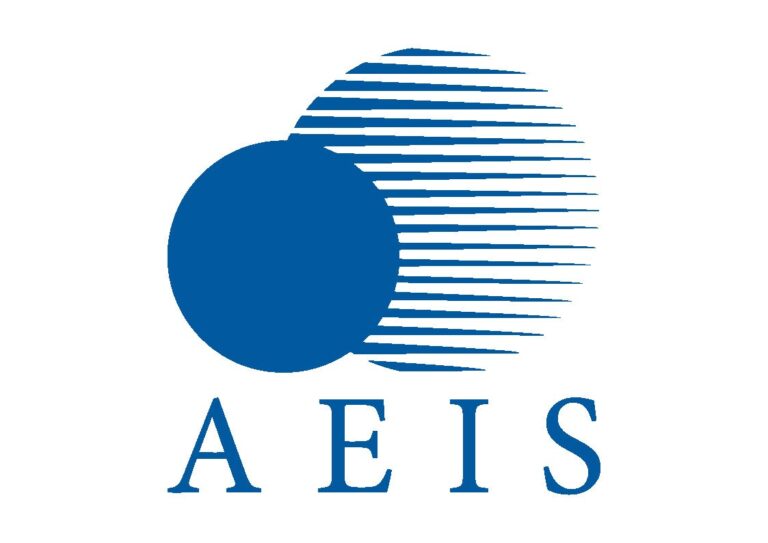As per the latest ResearchAndMarkets.com report, the global embedded non-volatile memory market is expected to grow from US$ 82.94 million in 2021 to US$ 2,406.26 million by 2028; it is estimated to grow at a CAGR of 61.8% from 2021 to 2028.
Embedded non-volatile memory is compact chip integrated in microcontrollers and hardware used for data storage. The stored data is used for programming, encryption, coding, identification, trimming, and redundancy purposes. The non-volatile memory systems comprise transistors that have the pieces of conductive material surrounded by a layer of insulator. When a microcontroller is powered, small amount of electricity is trapped by surrounding insulation, thus allowing non-volatile memory to retain its data.
The growth of the embedded non-volatile memory market is attributed to the increasing rate of adoption of advanced consumer electronics among masses due to the rising GDP per capita, escalating adoption of advance electronics in automobiles, and surging penetration of connected devices. Moreover, the growing deployment of smart city projects and the increasing adoption of IoT solutions are projected to boost the market growth during the forecast period. However, high design costs and scalability issues hamper the growth of the market.
Impact of COVID-19 Pandemic on Embedded Non-Volatile Memory Market
The COVID-19 outbreak adversely affected several Asia Pacific countries such as China, India, South Korea, and Japan. China and India are the most prominent manufacturing hub in the region and have an enhanced focus on industrialization. The growth of the manufacturing industry has been hampered due to lockdown. However, it is expected to recover in the second half of 2021 by enhancing the production capabilities. The imposition of a ban on commercial activities has disrupted the industrial supply chains in Asia Pacific, leading to raw material shortages.
Further, the demand for advanced electronics such as a smartwatches, smart wearables, and healthcare machines has risen significantly. Also, the development of new airports is raising defense expenditure of countries such as China and India. This would propel the use of IC chips, which is likely to provide growth opportunities to the embedded non-volatile memory market during the forecast period. Moreover, companies in Asia Pacific have restructured their capabilities by adopting various strategies, such as product enhancements, partnerships, and acquisitions.










